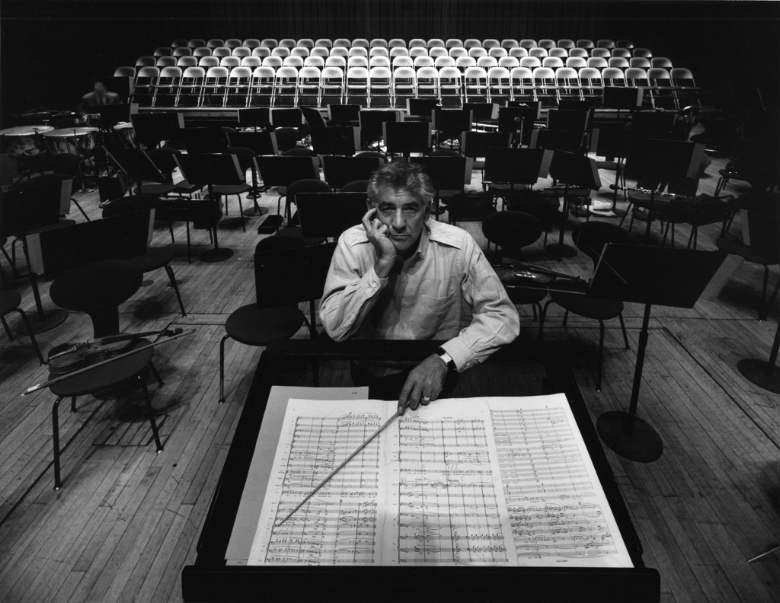
An environmental portrait is a portrait executed in the subject’s usual environment, such as in their home or workplace, and typically illuminates the subject’s life and surroundings. The term is most frequently used of a genre of photography. Environmental photography is a mixture of lifestyle photography and traditional photography. With this type of portraiture the environment surrounding the person plays a key role in the photo. The environment in the photo is meant to tell you about the person and what they’re like or what they enjoy. Unlike lifestyle portraits where the location isn’t important, this type of portraiture’s environment is just as important as the person in the image and the person can pose in the photo.
Environmental photography can also be seen as a type of “formal” portrait photography where there is a posed picture of a person or a group of people. It focuses on clearly showing facial features and may be designed to highlight a certain characteristic of the subject, such as occupation or personality and is a long-standing method to capture professional-looking images. It is not however a snapshot, but a carefully arranged pose under effective lighting conditions. However, this doesn’t necessarily mean the subject must appear stiff and lifeless.

As we know, a portrait is a painting, photograph, sculpture, or other artistic representation of a person, in which the face and its expression is predominant. The intent is to display the likeness, personality, and even the mood of the person. With environmental portraiture, the background often adds to this, often telling a story by providing the viewer with some context of the subjects surroundings. Additionally, by photographing a person in their natural surroundings, it is thought that you will be able to better illuminate their character, and therefore portray the essence of their personality, rather than merely a likeness of their physical features. It is also thought that by photographing a person in their natural surroundings, the subject will be more at ease, and so be more conducive to expressing themselves, as opposed to in a studio, which can be a rather intimidating and an artificial experience.

A great example of environmental portraiture is that of Arnold Newman’s photo of Alfried Krupp which I wrote an analysis on here.

